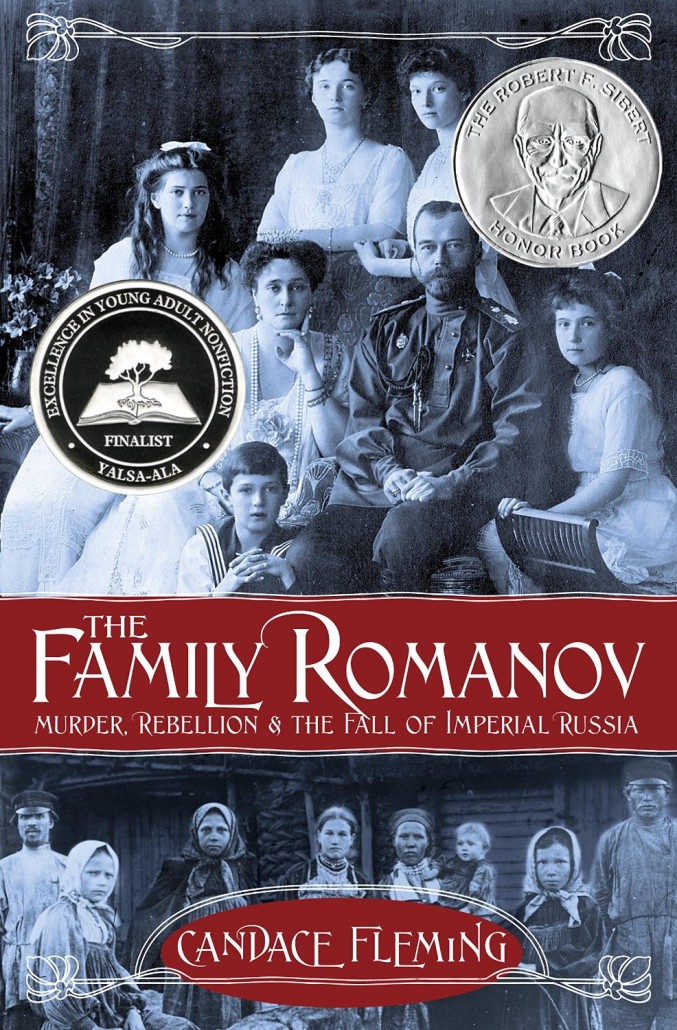 How does one encourage young people to read and contribute to the literacy development of children? This is a question that many librarians, teachers, and parents consider; and the answer may be found in the experiences of author Candace Fleming and author/illustrator Eric Rohmann.
How does one encourage young people to read and contribute to the literacy development of children? This is a question that many librarians, teachers, and parents consider; and the answer may be found in the experiences of author Candace Fleming and author/illustrator Eric Rohmann.
Known for writing celebrated fiction, as well as nonfiction such as The Family Romanov (Schwartz & Wade, 2014), Fleming read anything and everything as a young girl. Her family was comprised of readers, so she began reading picture books, nonfiction, novels, and even classics from an early age. Favorites included Sylvester and the Magic Pebble (Windmill Books, 1969), Misty of Chincoteague (Rand McNally, 1947), Island of the Blue Dolphins (Houghton Mifflin, 1960), The Witch of Blackbird Pond (Houghton Mifflin, 1958), and The Snowy Day (Viking Press, 1962). “All the people in my life read,” Fleming says. “It makes sense that I would also read.”
“Picture books are small slices of life that talk about big subjects. Because the audience lacks experience, the writing in the best books is clear and unencumbered by irony, flummery, poppycock, malarkey, hokum, twaddle, gobbledygook, codswallop, and complex secondary stories.” — Eric Rohmann
For Rohmann, a Caldecott Honoree for his first book Time Flies (Crown Books, 1994) and a Caldecott Medalist for My Friend Rabbit (Roaring Brook Press, 2002), his first books of choice were about dinosaurs, oceans, astronauts, and aquanauts. He had eclectic interests that ranged from books like The Sea Around Us (Oxford, 1951) to superhero comics. And though his parents and educators tried “anything and everything” to encourage him to broaden his reading experiences, Rohmann admits, “It didn’t usually work. Candy [Fleming] was reading Jane Eyre (Smith, Elder & Co, 1847) in grade school while I was still reading The Fantastic Four (Marvel Comics, 1961). But if you have been reading with your kids and encouraging them to read, they will progress naturally.”
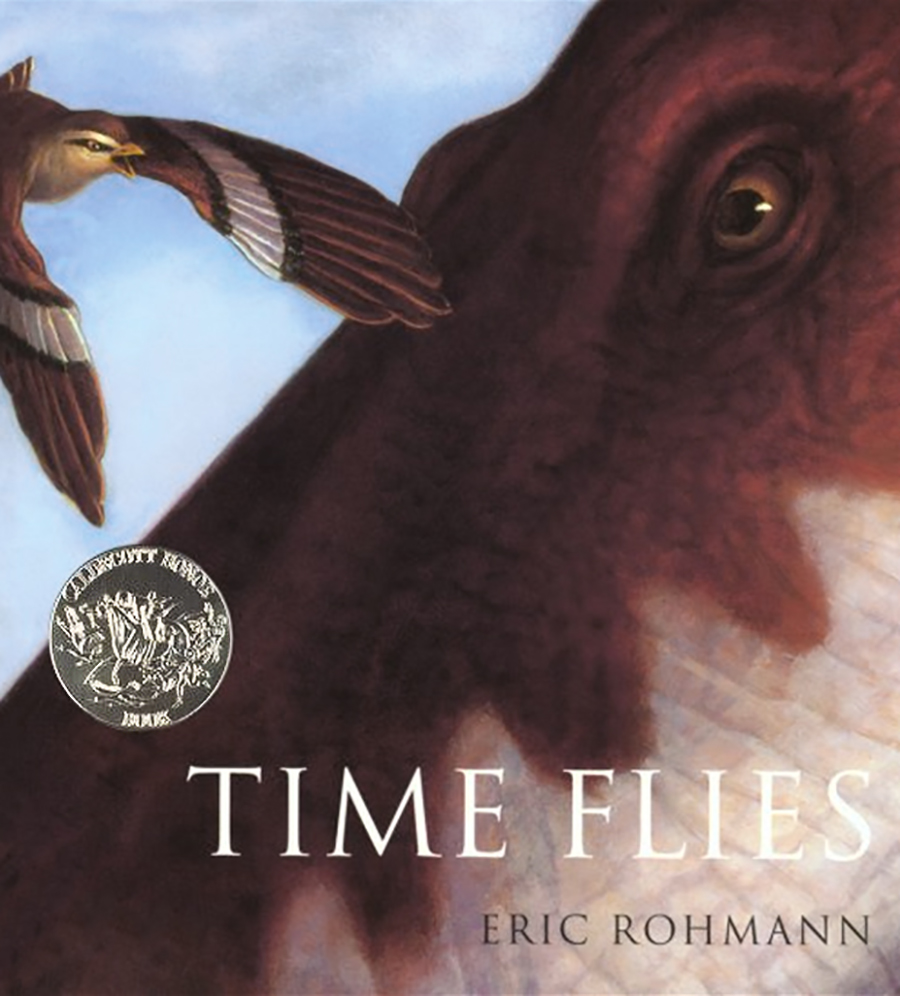
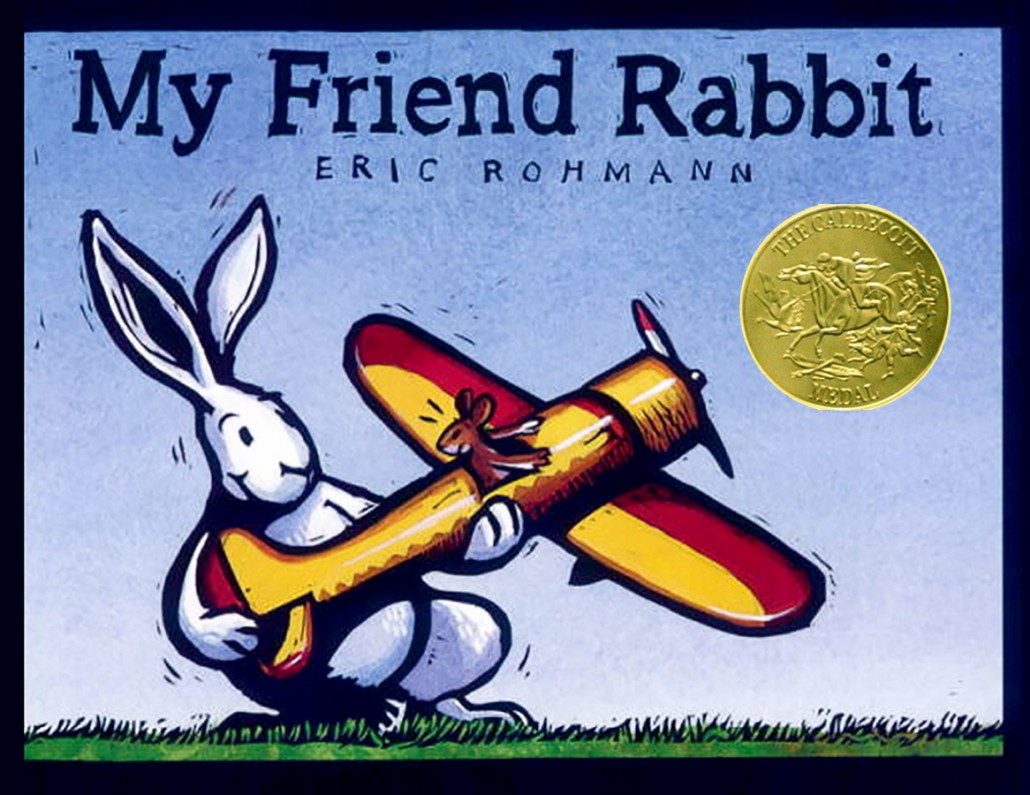
That natural progression directed Rohmann to eventually create his own books. “I have always made pictures that tell stories. Then, in my 30s, I began teaching kids. I then realized this was the audience for my art and stories. So I made a dummy and sent it off to agents and publishers. After 15 rejections in two years, I travelled to New York to show a portfolio—old school. I found that looking people in the eye made a difference.”
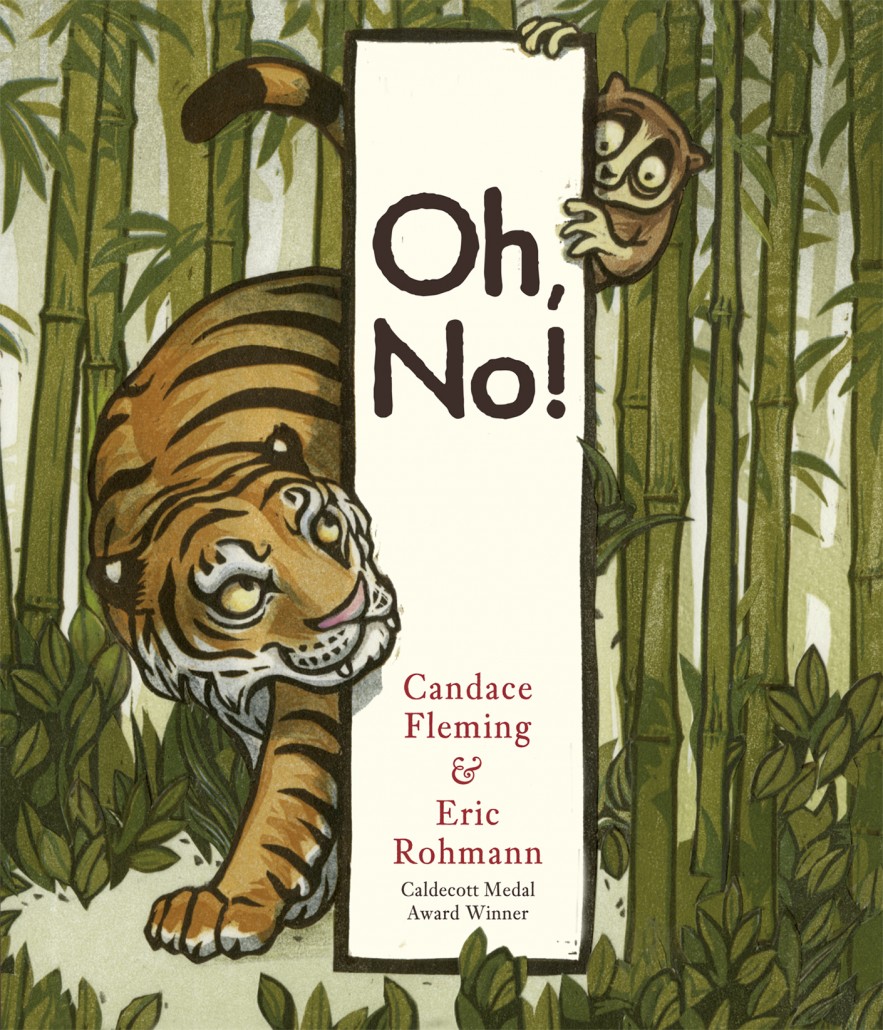 Fleming, on the other hand, took a different path into the book world. “I wrote articles for history journals and children’s magazines. From there, books seemed to be the best way to tell the stories I wanted to tell. I was at a conference and an editor, Anne Schwartz, read part of a story I had written. She invited me to send the finished manuscript.”
Fleming, on the other hand, took a different path into the book world. “I wrote articles for history journals and children’s magazines. From there, books seemed to be the best way to tell the stories I wanted to tell. I was at a conference and an editor, Anne Schwartz, read part of a story I had written. She invited me to send the finished manuscript.”
For years, both Fleming and Rohmann worked on separate projects—both garnering accolades and fans—and then Fleming wrote Oh, No! (Schwartz & Wade, 2012), and Rohmann knew it was a project perfectly suited to him. “I gave it a go and Oh, No! was born.” Since then, the couple has collaborated on several projects including the recently published Bulldozer’s Big Day (Atheneum Books for Young Readers, 2015) and the upcoming Giant Squid (Neal Porter Books/Roaring Brook, 2016).
“When creating Bulldozer’s Big Day, Candy tried to tap into a situation familiar to the smallest child. She asked, ‘What do six-year-olds think about?’ and then wrote something that would make them think and smile,” says Rohmann. “It was a challenge as I had no idea how to make an inanimate object emote—so instead of relying on facial expressions I used composition and posture: where the Bulldozer is placed in the image.”
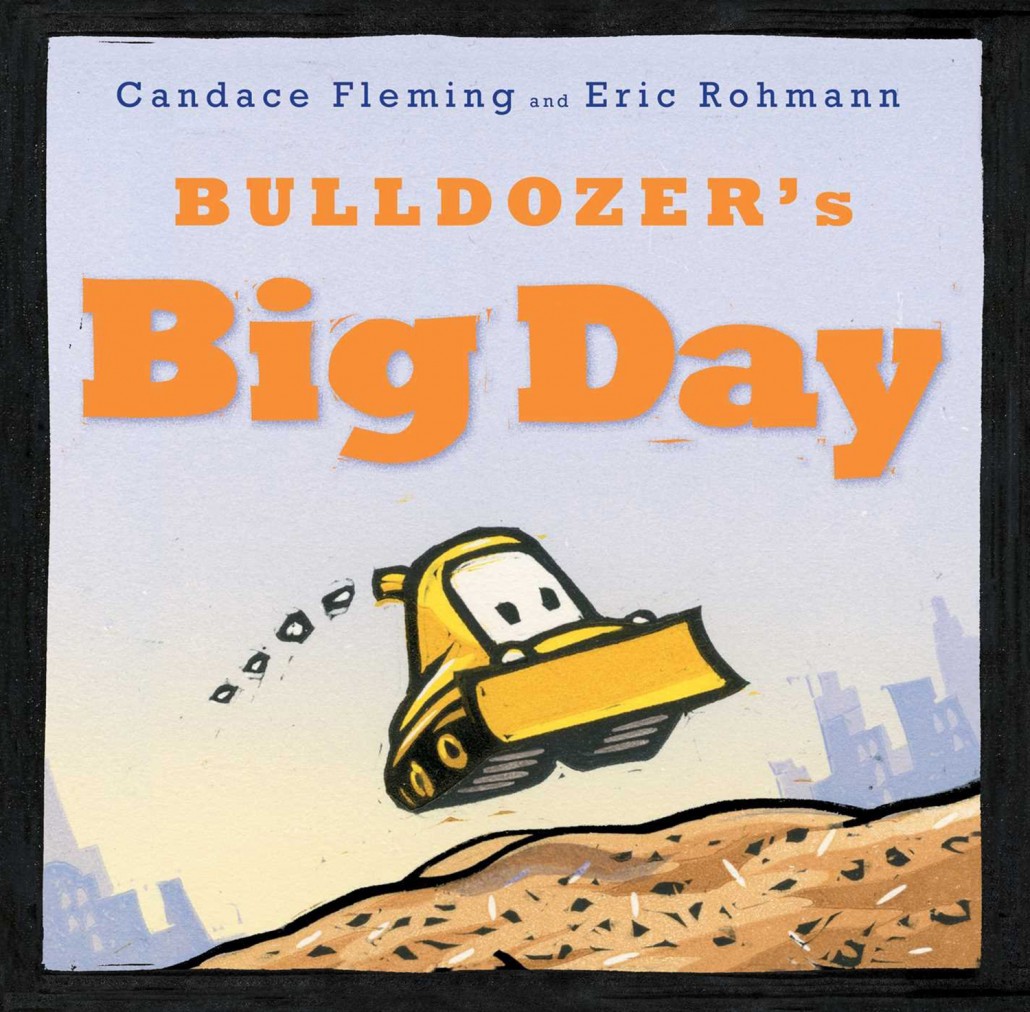
“I believe some books translate well into a digital form, but we can’t forget that a picture book is not just made of words and pictures…the book form has a say. I recall back in the 1960s scientists said that we could replace food with pills that would give the same nutritional value. They ignored the fact that we like to eat. Eating is a sensual experience, as is reading. Most importantly, the signature characteristic of the picture book form is the page turn. That does not translate well into digital media.” — Candace Fleming
“After years of research on a project about, say, Russians, I find it refreshing and liberating to play and write about a rabbit or a bulldozer. The switch keeps me sane and happy and creatively fresh,” says Fleming. “We are interested in many things in the world. I love to explore and read and discover, and that usually leads to finding something interesting.”
So what can readers expect to see next from this successful duo? There is Giant Squid (Neal Porter Books/Roaring Brook, 2016) coming out next year. And, according to Rohmann, beyond that readers can expect Presenting Buffalo Bill (Neal Porter Books/Roaring Brook, 2016), Go Sleep in Your Own Bed (Schwartz-Wade/Random House, 2017), Strongheart The Wonder Dog (Schwartz-Wade/Random House, 2017), Emma’s Circus (Margaret Ferguson Books/FSG, 2017), The Amazing Collection of Joey Cornell (Schwartz-Wade/Random House, 2018), and Bulldozer Helps Out (Caitlyn Dlouhy Books/Atheneum). “We hope the books will delight kids.”






